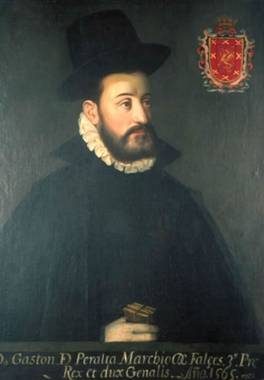|
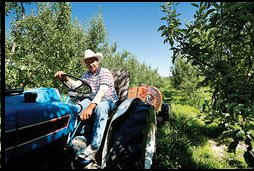
|
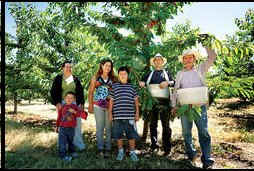
|
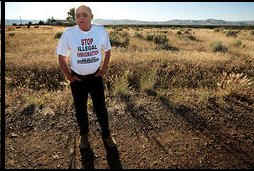
|
|
Manuel
Herrera, who arrived illegally 30 years ago, now has seven kids
and owns a 15-acre plot.
|
Rosalio
Moreno (far right) came to the valley three years ago with his
family, and now owns a cherry farm.
|
Bob
West, leader of Grassroots of Yakima Valley, wants to see E-Verify
used.
|
At
age 17,
Sergio Marquez left his hometown in the Mexican state of Michoacán and
traveled to the small U.S. town of Wapato, located amid the fertile
farmlands of Washington's Yakima Valley. Even in Mexico, he had heard
about the valley's famed apple trees—and the work that could be found
picking, pruning, and thinning them.
It
took him a week, several bus rides, and one coyote-led walk across the
border to reach Wapato. Just two months later, he was deported, after a
traffic stop brought his illegal status to light.
So
he made the illicit journey again. Soon enough, he found himself living in
a trailer with 19 other guys from Michoacán and taking up the
farm-working life common to so many of his compatriots. His first
paycheck, for three days of pruning in the hot sun, came to $80. It wasn't
quite the easy life he expected in America.
But
33 years later, his life looks very different. He still puts in long hours
on the farm—but it's a farm he owns, all 106 acres of it, neatly planted
with rows of Fujis, Cameos, Honeycrisps, Galas, and other varieties. Last
year, he says, he made about $100,000 in profit. This year he's leased
another 85 acres, and expects to nearly double his apple harvest to more
than six million pounds. During his busy seasons, he employs about 50
workers, nearly all Mexican immigrants like him. Marquez himself became a
citizen, thanks to his marriage to a native-born American in 1981. (She
later left him, he says).
Gregarious
and mustachioed, Marquez (pronounced mar-KEZ) surveyed his orchard on a
recent day and reminisced about the path that led him to become his own
boss. When he first arrived at this farm as a laborer some 15 years ago,
"trees were dying and there were a lot of empty spots," he says.
The owner, John Hunter, had other businesses in town, and, as Marquez
tells it, the foreman at the time had neglected the land. Marquez
essentially took over, planting many more trees per row to increase the
harvest. Impressed, Hunter made Marquez foreman.
Later,
when the aging farm owner decided he was too occupied with other affairs
to keep up the place—and his children were disinclined, or unprepared,
to take it over—he turned to the one man he knew he could rely on:
Marquez.
In
2004, Hunter sold his foreman the farm (including all equipment and a
modest ranch house on the property) for $400,000, a bargain price. It was
still a considerable sum for Marquez, which he raised with help from a
low-interest loan program run by the federal Farm Service Agency. When
Hunter died a few years later, Marquez, his second wife Lilia (also from
Michoacán), and their four children started spending even more time at
the Hunter homestead, located a quarter-mile down the road and occupied by
66-year-old widow Judy, a grown daughter, and a 10-year-old granddaughter.
To
this day, Marquez cleans the Hunters' pool, sends his workers over to mow
the lawn, and has his daughter babysit Judy's granddaughter. "He's
family," Judy says of the man she calls "Sarge" and whom
she describes as a "real, honest Christian." Indeed, Marquez
attends Catholic services two nights a week, plus Sundays, in Wapato. On a
breezy June evening, he traded his chinos and blue button-down for a black
dress shirt and pants, and sat in the parish's second-from-the-front pew
with his wife. They have two sons in college, and their 17-year-old
daughter was recently crowned beauty queen in the neighboring town of
Harrah.
In
other words, you could hardly find someone who better embodies the
small-town values of farm, family, and faith than Sergio Marquez. And he's
far from alone. These days, in the Yakima Valley—acclaimed not only for
its apples but its cherries, peaches, asparagus, and hops—nearly 20
percent of farmers are Hispanic.
Latino
immigrants,
of course, have long supplied the grueling, low-paying work that a lot of
agriculture requires, and that native-born Americans seemingly find
beneath them. Now these immigrants are managing to buy farms and put down
roots, just as the American ethos says they should be able to do.
"Latino
farmers are taking over agriculture in the state of Washington," says
Malaquías Flores, who runs a program at Washington State University that
helps Latinos access farm loans and manage their businesses.
He
says WSU started the program nine years ago because it was looking to
foster growth in small-scale farming, and found that Latinos were mostly
the ones wanting to get into the business. (The program only assists
immigrants who are here legally.)
Nationwide,
according to the latest figures, the number of Hispanic farmers increased
14 percent between 2002 and 2007—twice the rate of growth among farmers
overall, according to the U.S. Department of Agriculture. The West Coast,
New Mexico, and Texas saw the biggest increases in Latino farmers, who
also have become a presence in Arizona, Florida, Texas, and Hawaii.
"It's
well-recognized by many of us that the future of the industry is with
Hispanic—mostly Mexican—immigrants," says Mike Gempler, executive
director of the Washington Growers League, a Yakima-based organization
representing farmers around the state. "They know the business. They
love it. And that's who it's being passed on to in many respects."
Hispanic
immigrants are propping up small-town real-estate markets too, even if
they have to dig into what Nestor Hernandez, a realtor and president of
Yakima County's Hispanic Chamber of Commerce, calls their "mattress
money." Indeed, Hispanics are virtually the only people buying
property in a whole series of farming towns east of the Cascade mountains.
Meanwhile,
many of the politicians who like to celebrate small towns and family farms
in their political rhetoric are also the ones calling for a crackdown on
illegals. Speaking at the GOP convention in 2008, for instance, Sarah
Palin famously declared: "We grow good people in our small
towns...They're the ones who do some of the hardest work in America, who
grow our food and run our factories and fight our wars." (She was, in
part, quoting the journalist Westbrook Pegler.) But this May, she stood
with Arizona Governor Jan Brewer at a press conference and declared her
support for the new state law requiring local law enforcement to question
suspected illegal immigrants.
Missouri
Congressman Sam Graves, who's running for re-election this year and whose
bios highlight his status as a "sixth-generation, full-time family
farmer" from the tiny town of Tarkio, has proposed shutting down even
legal immigration until the borders are secure, according to The
Washington Post Company website Who Runs Gov.
Here
in Washington state, U.S. Senate candidate and Tea Party favorite Clint
Didier is playing up his roots as a "Home Town Farm
Boy"—indeed, those are the first words to load on his home page.
His posted bio lauds him for returning with his family, after a
professional football career, to the farming life in eastern Washington
that he knew as a child. Yet he suggested last month at the Republican
state convention in Vancouver that the U.S. stop granting citizenship to
the children of illegals—a position arguably more radical than Arizona's
governor's. Didier, whose Pasco farm is located roughly 75 miles from
Marquez's orchard, grows grains such as wheat and barley—crops whose
harvest is heavily mechanized, with considerably less need for cheap
labor.
When
the Washington Farm Bureau's political action committee met last week,
neither Didier nor presumed GOP front-runner Dino Rossi managed to get the
two-thirds majority vote necessary for a primary endorsement. And Didier's
immigration views might well have worked against him. Steve Appel, a
Palouse farmer who heads the Bureau, tells Seattle Weekly
that Latino immigrants "are vital to the economies of entire
communities" in eastern Washington. "If agriculture dries up and
goes away," he says, "those communities go away. It's just that
simple."
Bordering
the
Yakama Indian Reservation, Wapato has for decades drawn Native Americans,
as well as Filipinos, Japanese, and Hispanics, many of whom went to work
on the surrounding farms. Whites once made up roughly half Wapato's
population, says Mike Gilmore, 59, who grew up in the town and now is the
head of the Yakima Valley Savings & Loan.
The
demographics of Wapato have changed gradually, Gilmore says, as older
whites passed away or moved to nursing homes in bigger cities, while
younger ones left for school and never came back.
But
the promise of farm work and small-town life never got old for Hispanic
immigrants, who kept arriving. WSU's Flores explains that most of the
newcomers hail from rural towns in Mexico. He says everyone there had a
plot of land to produce food for the family—"corn, beans, tomatoes,
jalapeños, squash"—and make a little money if they had produce
left over. So it's only natural that they should turn to farming here.
In
fact, you only have to cross the road from Sergio Marquez's orchard to
find another Mexican-born farmer—and another example of a formerly
illegal immigrant turned small-businessman: Manuel Herrera. Speaking
through a translator, Herrera says he always wanted to work in the
fields—that's how he grew up, on farms owned by both his parents and his
grandparents. The 46-year-old father of seven says he crossed into the
U.S. illegally in 1980, but later became a permanent resident through a
federal amnesty bill signed into law by Ronald Reagan in 1986. He recently
bought a 15-acre plot and leases another 47. [This story has been
corrected since it was first posted. It originally gave a wrong year for
when the amnesty bill was signed.]
But
it's not just agriculture—the whole town's economy is built on Hispanic
commerce. The signs on the establishments lining Wapato's handful of
commercial blocks tell the story: Jose Hardware, Alfonso's Sports Bar,
Martinez Body Shop & Auto Sales. The town also boasts Mexican-owned
bakeries, laundromats, a butcher shop, and a construction company.
The
local Catholic church—officially called St. Peter Claver Parish, but
known as "San Pedro" to much of the congregation—is also
presided over by a Mexican immigrant, who delivers services in both
Spanish and English. One Wednesday evening, a Spanish-language mass draws
some 50 people, many of whom rise to the pulpit to deliver impromptu words
of praise for the Lord—like the woman who repeats "Gracias, Señor"
over and over again until her emotion reaches a fever pitch.
Hispanic
immigrants do not exactly run the town—but the children and
grandchildren of immigrants do. Wapato currently has its first Latino
mayor, police chief, and fire chief.
Antonio
Delgado Sr. is typical of the town's small-business owners. Speaking one
evening in his grown daughter's house—located in the nearby town of
Moxee and painted in electric shades of red and green seldom seen in the
muted Northwest—the 53-year-old Delgado says he too was once illegal and
received amnesty in the '80s. For eight years, he worked as a farm worker,
and he put in another 10 years at an apple-packing company. Then a friend
and fellow Mexican who owned two laundromats in Wapato offered to sell him
one.
To
buy it, Delgado got a loan from a Yakima nonprofit called Rural Community
Development Resources. Founded in 1991, the organization uses federal
grants to help an array of budding Latino entrepreneurs—but only ones
who provide identification indicating they are legal residents or
citizens, according to RCDR founder Luz Gutierrez.
In
time, Gutierrez's organization dispensed a second loan to Delgado to start
a bakery next door to the laundromat, which led him to start two more
bakeries in Harrah (not so profitable and eventually closed) and Moxee.
Delgado's
bakeries offer the oversized pastries favored by Mexicans: fruitcakes,
cream-filled "tacos" (resembling rolled crepes), fruit turnovers
that in Mexico would never hold apples but which in Washington make use of
the local bounty.
Delgado's
20-year-old son, also named Antonio, works full time at the laundromat in
Wapato. And though he plans to re-enter school soon, he declares—even
out of earshot of his parents—his intention to come right back to Wapato
when he's done. "Everyone's family," he says of the town.
And
often
that's just about literally true. Mayor Jesse Farias, 65, is surrounded in
Wapato by nine of his 11 siblings. The grandchild of Mexican immigrants
who grew up in a section of town then called "Tortilla Flats,"
he signed up for the military during the Vietnam War. "I thought
there had to be a better life," he explains in Wapato's one-story,
brick city hall.
There
was—at least for a while, he says, but he eventually lost both
legs in the war. Out of the military and consigned to a wheelchair, he
moved to Olympia. He worked for many years at the state's Employment
Security department, then received two gubernatorial appointments, one of
which made him the state director of the Department of Veteran Affairs.
In
1999 he returned to Wapato, where he became mayor in 2004.
Why
did he trade the state capital for a town one-tenth its size? "This
is my home," he says. "I'll always come back."
Similarly,
Lorenzo Alvarado, son of a Mexican farm worker and a school principal in
nearby Yakima, counts five of his seven siblings as neighbors in Wapato.
His wife, a Mexican native, has family in town too.
Every
weekend, Alvarado says, there's some kind of family event: "a
barbecue, a birthday party, a quinceañera."
"All
the culture I need is here," he says.
Flores,
of WSU, says he believes immigrants' ongoing love affair with the valley
has kept its housing market afloat. As real-estate values in the rest of
the country tanked, the valley's stayed relatively stable. Local home
prices even rose during one of the worst points of the recession last
summer. At the time, ABC's Good Morning America (citing figures
from Seattle's Zillow.com)
referred to Yakima County as one of the best places in the nation to sell
a home.
And
to buy one, too. The median price for houses (excluding new construction)
is $147,000, according to WSU's Washington Center for Real Estate
Research. Those prices have been accessible to many of the region's
immigrants, says realtor Hernandez, who estimates that his clientele is 90
percent Hispanic.
Paul
Regimbal, president of the Catholic Credit Union in Yakima, says that his
business is targeting Latino customers as part of its strategic plan for
growth. He notes that many Catholic Hispanics naturally gravitate toward
his company, which was originally set up as a cooperative for Catholics in
the valley but now serves all faiths. The credit union builds on that
affinity by advertising in Spanish-language newspapers and TV and radio
stations.
"Any
business that is not wrapping their arms around the facts in this valley
is missing the boat," Regimbal says. By "facts," he means
Hispanic immigrants. "These folks are here. They pay their bills.
They're not going away."
In
the years since 9/11, and even more so following the mortgage crash, many
financial institutions have effectively made it harder for illegal
immigrants to get loans and accounts by requiring a valid Social Security
number. The USA Patriot Act required banks to more stringently verify a
customer's identity in order to prevent money-laundering by potential
terrorists.
The
Patriot Act, though, doesn't specifically require customers to prove their
legal status, allowing them to authenticate their identity with what the
Internal Revenue Service calls an "individual taxpayer identification
number," which one can obtain without a Social Security number. That
suffices for the Catholic Credit Union. Regimbal says it's simply not his
company's job to delve into immigration matters.
Hernandez
says that's another reason the credit union is popular among the Hispanic
community. Even so, he says, the rule-tightening in the industry overall
is partly to blame for the significant drop-off in business he has seen
over the past couple of years. Whereas he once handled approximately 10
transactions a month, he now does about half that.
One
of his clients, Jesse Anguiano, just bought a $275,000, 3,500-square-foot
house on a 1.7-acre plot on the outskirts of Wapato. Anguiano's father was
a Mexican farm worker who brought him here illegally as a child. Later,
Anguiano says, the family received amnesty. Now a citizen, he works as the
operations manager of a logging company on the Yakama Reservation.
He
bought his first house in the city of Yakima nine years ago, but longed
for the country. Gesturing on a recent day to the orchards and open fields
that surround his new house, he says he loves the place for "the view
and the space," and the chance to get his kids (three of them, with
one more on the way) away from the TV. He's built a chicken coop behind
the house, is thinking about buying horses, and is scoping out the best
place to build a fire pit for making s'mores.
Only
a few
miles away from this bucolic scene, in Anguiano's former home of Yakima,
the debate over illegal immigration is still roiling the citizenry. With a
population of 84,000—67 percent white, 37 percent Latino, according to
the latest census estimate—Yakima is the region's major metropolis, and
there's widespread resentment between the two communities. Just as in
Arizona, whites blame Hispanics for a crime problem: Gang violence claimed
25 lives in the valley during just the first half of this year. And
Hispanics accuse whites of bigotry.
Gutierrez,
of Rural Community Development Resources, says she originally called her
Yakima-based organization the Washington Association of Minority
Entrepreneurs, but changed that about five years later to the more
innocuous name.
On
May 1, a day when pro-immigrant marches took place across the country,
3,000 people gathered in Yakima, galvanized by anger over Arizona's new
immigration law. Gempler of the Growers League marched with them. Like
many in the farm lobby nationally, he has long supported so-called
"comprehensive" immigration reform, including the "path to
citizenship" proposed by Obama.
Yakima
police chief Samuel Granato, the grandchild of Mexican immigrants, spoke
to the crowd—in Spanish. The chief, who described himself to Seattle
Weekly as "just to the left of Attila the Hun" on most
issues, announced to those assembled that he didn't support the Arizona
law, in part because he needs the help of all immigrants, legal or
illegal, to fight crime. "I don't need you to be afraid that local
police are going to arrest you," is how he put it.
Granato's
remarks weren't well received by some in town. The Yakima
Herald-Republic editorialized that they were inappropriate for a city
official, and Granato came to a Yakima City Council meeting to defend them
and assure critics he was speaking only for himself, not describing an
official department position.
The
council, meanwhile, has been busy recently debating a proposal to require
the city and its contractors to vet new hires through the government-run
E-Verify system. Designed to ensure that potential employees are legal
residents or citizens, it uses federal databases to check Social Security
numbers. A growing number of states—including Arizona, California, and
Georgia—require contractors, or in some cases all private employers, to
use the system.
In
Washington state, Lewis, Clark, Pierce, and Whatcom counties have adopted
E-Verify, and an all-volunteer group called Respect Washington! tried to
get an initiative on the ballot this year that would have required
statewide use of the system. (The measure, which also called for local law
enforcement to enforce immigration laws, as in Arizona, failed to get
enough signatures.) With Yakima's council scheduled to vote on the issue
on May 25, Respect Washington! took out a full-page newspaper ad
encouraging its supporters to attend the hearing. Many came, but so did
Gutierrez and several other Latino leaders. They cautioned the council
that the system was plagued with errors, and warned that imposing the
system would further polarize the city. Some council members were
concerned about losing Latino cooperation with a major new anti-gang
initiative. In a tight vote, the council rejected E-Verify.
But
the controversy was still troubling the council a couple of weeks later at
an evening "listening session" held at a senior center.
"Please
don't be intimated by the Hispanic community," said Bob West, leader
of a group that agitates against illegal immigration, called Grassroots of
Yakima Valley. He was one of several people in the mostly-white crowd that
encouraged the council to reconsider E-Verify. And some council members
seem inclined to do so.
When
another man suggested that the council pass a resolution supporting
Arizona's new law, Councilmember Bill Lover said he'd like to explore the
notion, adding "I'm proud of what [Arizona] is doing." (Last
week, the Obama administration filed suit to block the law. The ACLU, in a
lawsuit underwritten by Seattle Weekly's owner, Village Voice
Media, is also seeking an injunction against the statute.)
Another
speaker, a retired nurse named Robbie Byrne, bemoaned what she called
Yakima's growing "reputation as a sanctuary city" for illegal
immigrants. Chatting with the Weekly after the meeting, she said
immigrants "bring crimes, drugs, diseases. The people who are illegal
who come here really are a detriment, not only to society but to the
economy."
When
asked about all the neighboring towns with economies dependent on
immigrants who once came here illegally, Byrne replied that legal
immigrants could fill the same role.
Of
course,
many of today's legal residents were yesterday's illegals, as Marquez, the
farmer, knows firsthand. He says the crusaders against illegal immigrants
don't see Mexicans as humans, nor understand how crackdowns tear families
apart. About three years ago, he says, a friend of his was deported. The
friend, a farm worker in Wapato, left behind a wife who was an American
citizen as well as three children all born in the U.S. (Changes to the law
in 1996 made it harder to get legal status, as Marquez did, through
marriage.)
Marquez
says that, like all farmers, he worries about potential raids by
immigration authorities, which were stepped up by President Bush and have
continued under Obama. This past December, U.S. Immigration and Customs
Enforcement conducted an audit of employee documentation at a huge apple
and cherry orchard named Gebbers Farm, located about 170 miles north of
Wapatointhe town of Brewster. Due to improper paperwork turned up by the
agency, Gebbers subsequently laid off numerous workers—exactly how many,
the farm refuses to say, but local reporters have estimated hundreds,
which is a lot considering the town of Brewster has only about 2,000
people. (The farm thengot guest-worker permits that allowed it to fly in
replacements fromJamaica.)
Marquez
says he requires his employees to provide a Social Security number, but
that it's not his responsibility to make sure those numbers are authentic.
He acknowledges that E-Verify could be an effective way of doing
so—thereby stemming the tide of illegal immigration in a way that
periodic raids have not accomplished. People will stop coming if they
can't find work here, he reasons.
But
he calls that prospect "pretty scary. Who is going to help us on the
farm?" Even with all the illegal immigration taking place, he says
that some years he had problems finding enough labor.
Not
in the past two years, though. Where he used to get maybe 10 people
showing up at his orchard every day seeking work, he now gets 50.
He
attributes this not only to the recession but to an influx of Hispanics
from Arizona, scared away from the state by the backlash. The labor
surplus allowed him to thin all his apple trees by late June, a time of
year when workers typically depart for higher-paying cherry-picking jobs.
You
might say that as far as Marquez is concerned, Arizona's loss is
Washington's gain.
nshapiro@seattleweekly.com
|
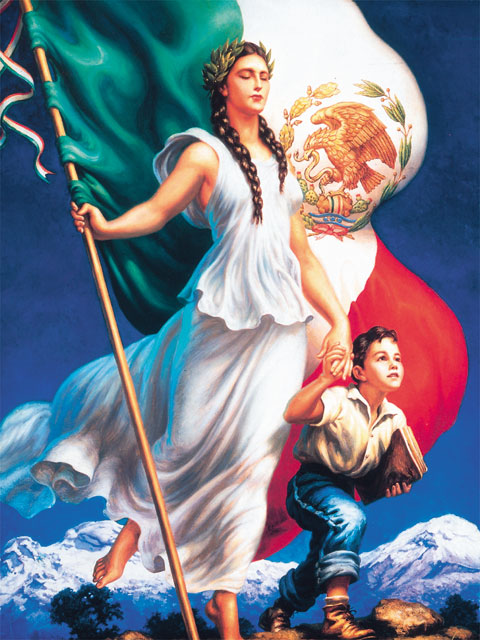
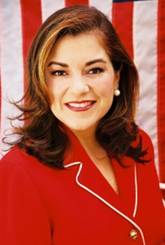
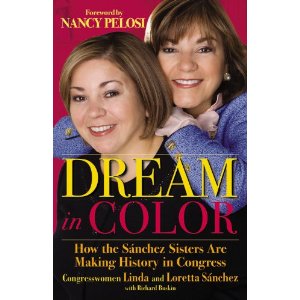
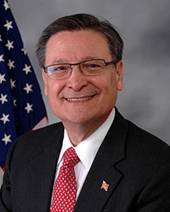
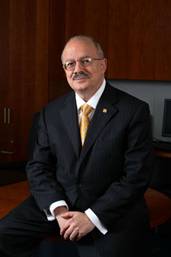

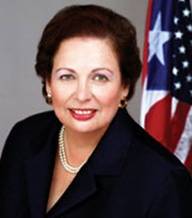

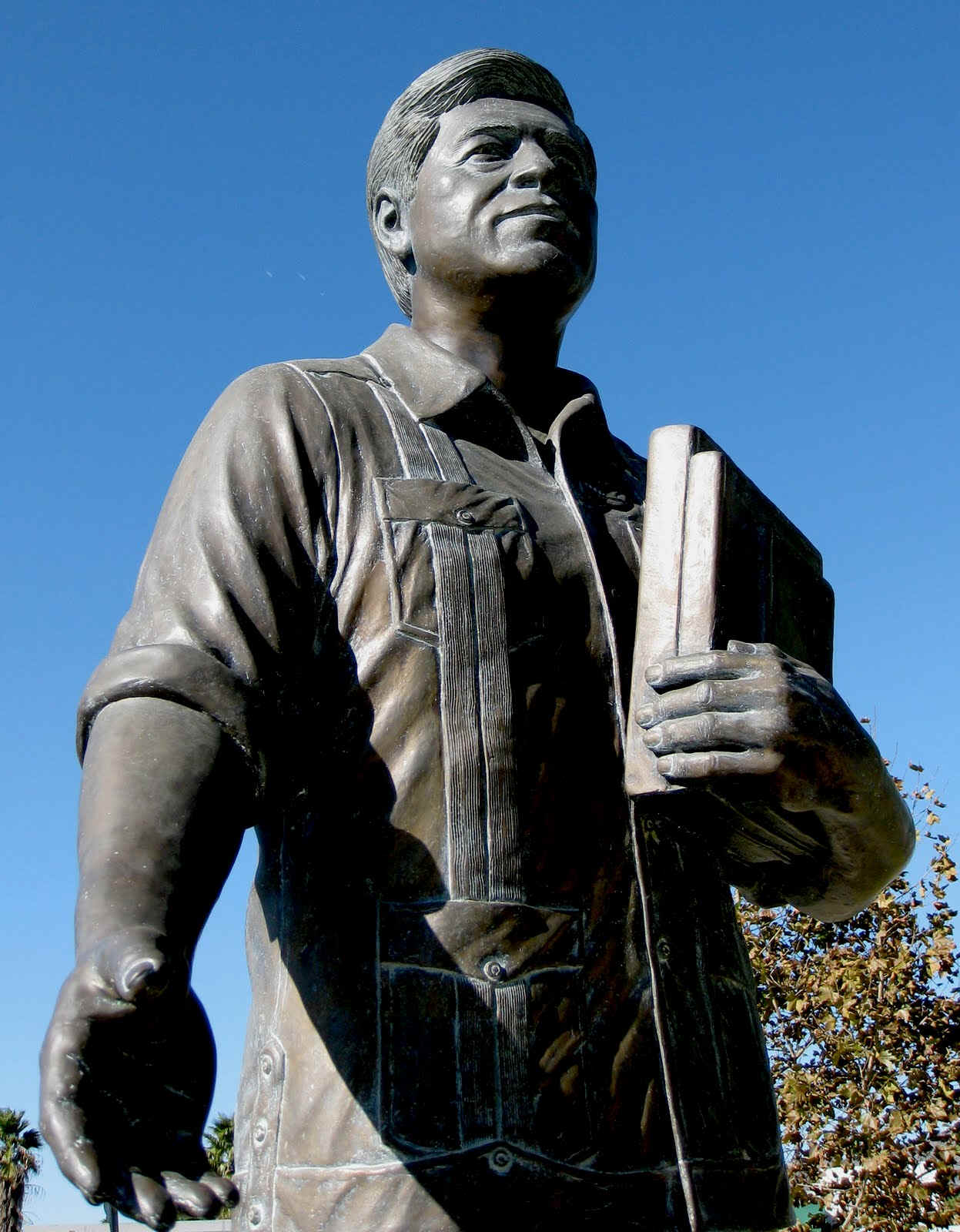 The University’s explanation for its decision to cancel César Chávez Day as an institutional holiday is that the state limits institutional choices to only 12 holidays. As reported by Adriana Gómez Licón in the El Paso Times, Vice President Richard Adauto added “We just cannot take every holiday.”
The University’s explanation for its decision to cancel César Chávez Day as an institutional holiday is that the state limits institutional choices to only 12 holidays. As reported by Adriana Gómez Licón in the El Paso Times, Vice President Richard Adauto added “We just cannot take every holiday.”
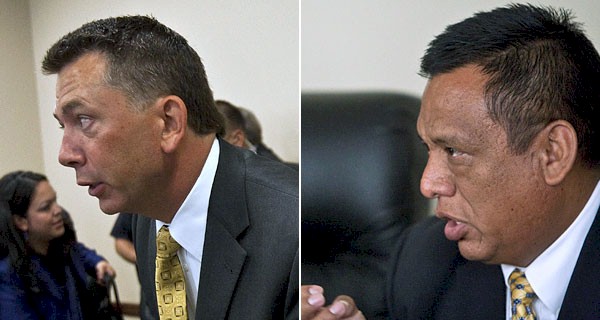
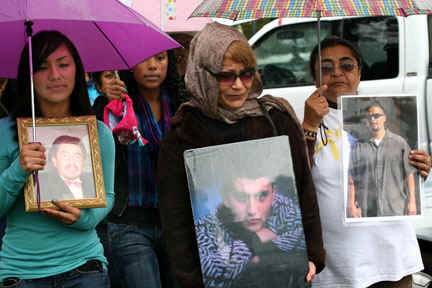
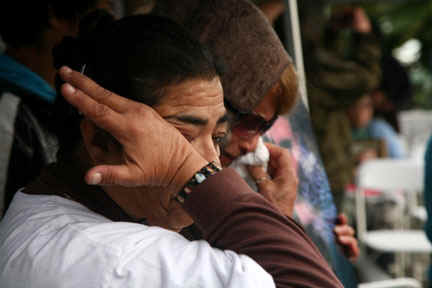
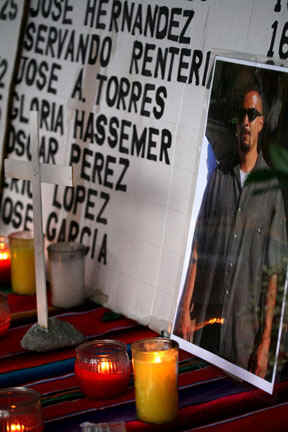
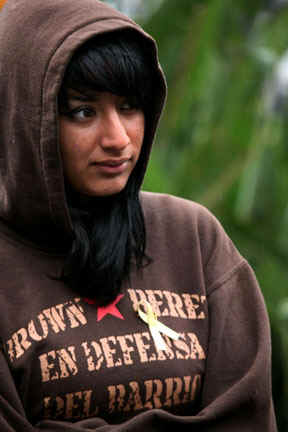
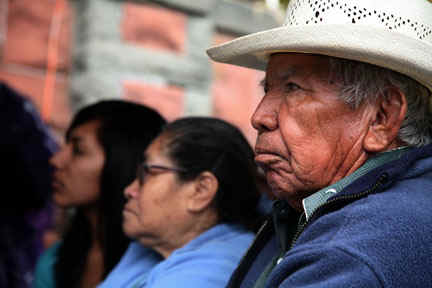
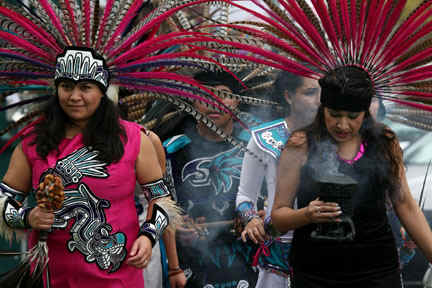
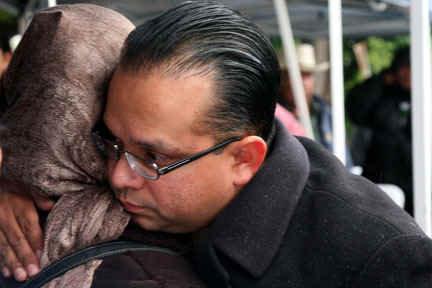
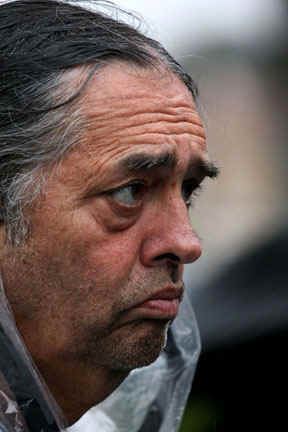
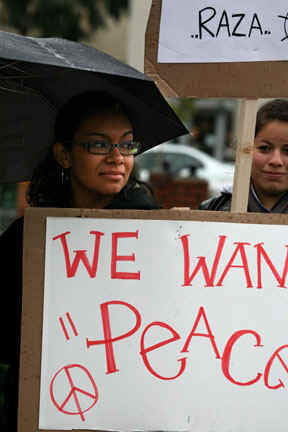
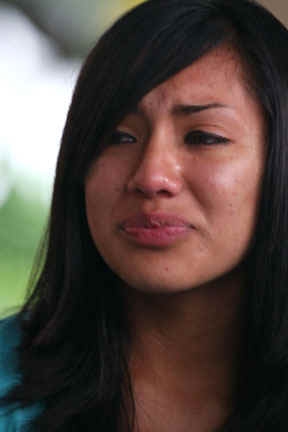
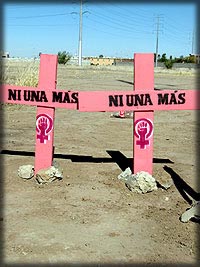
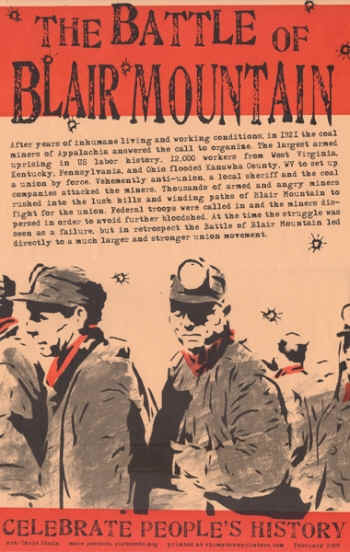





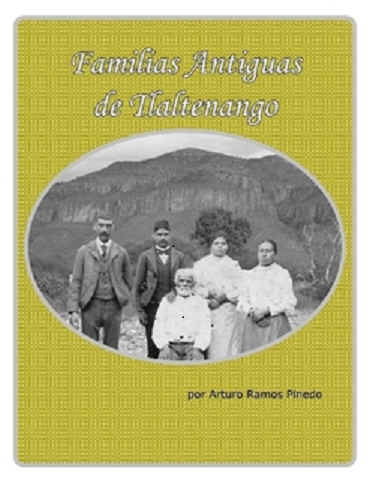
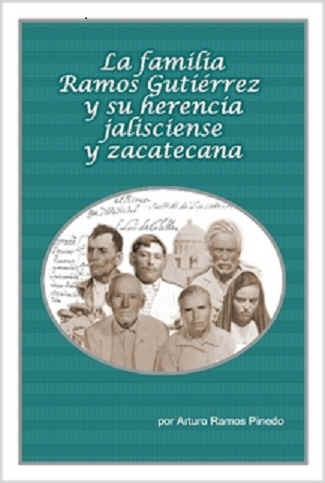
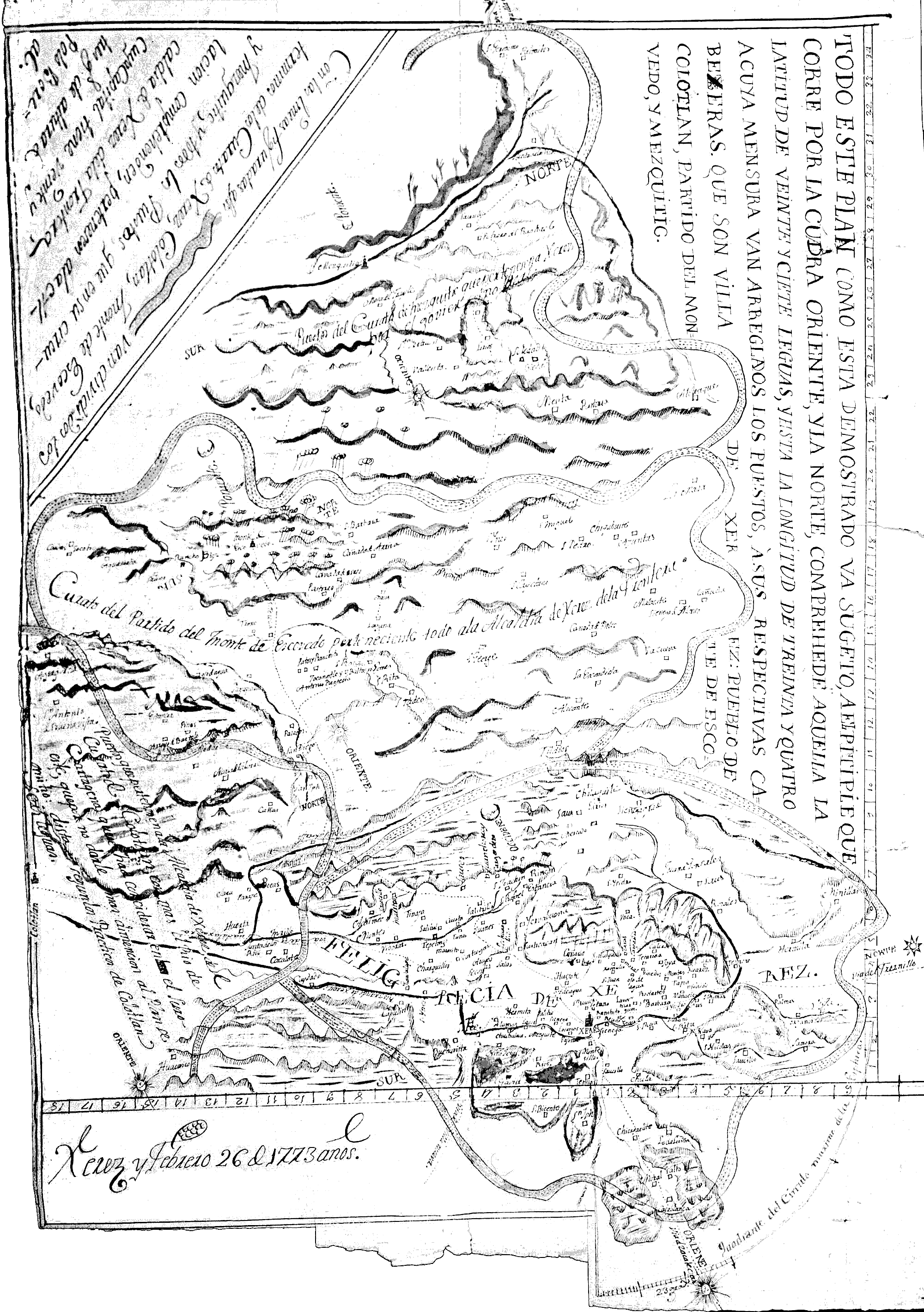

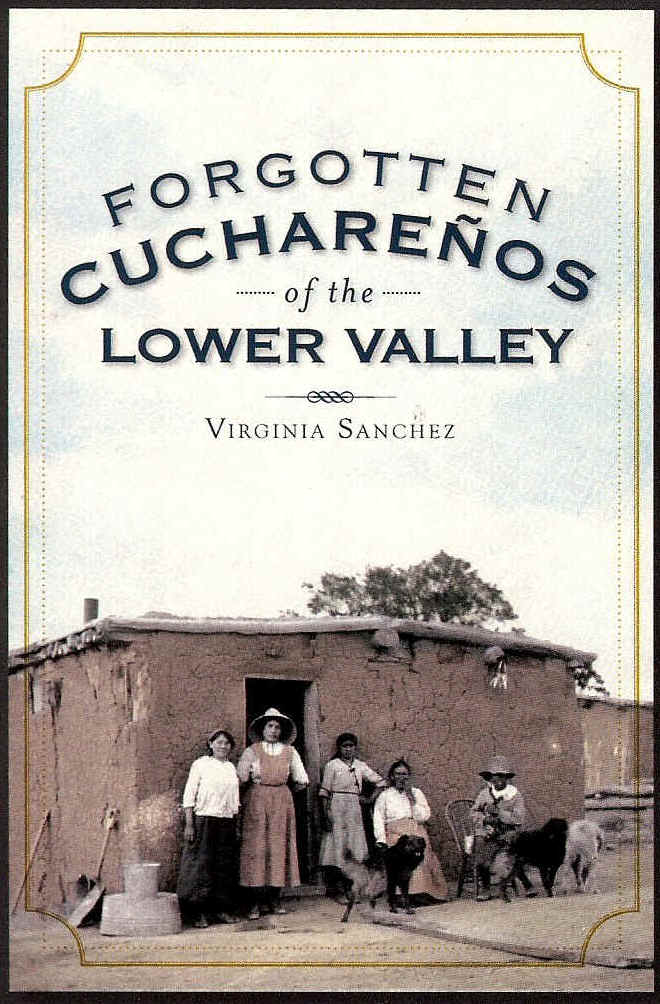
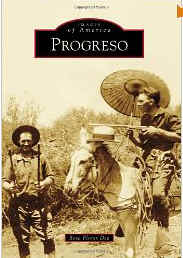
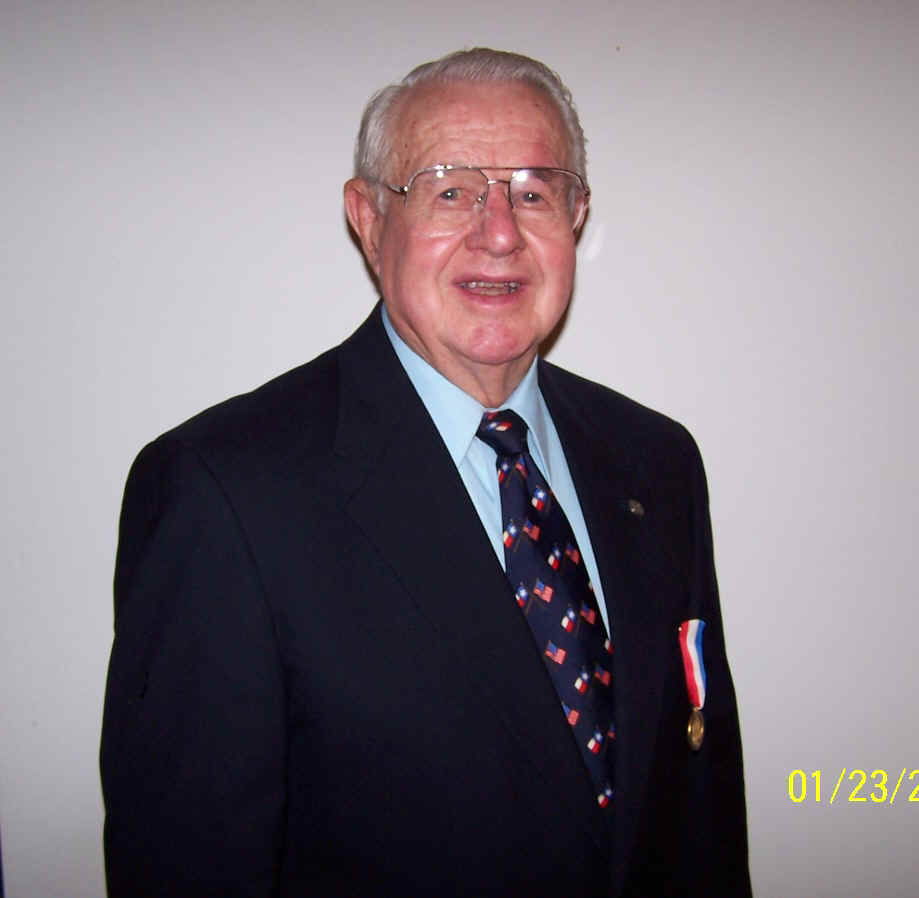


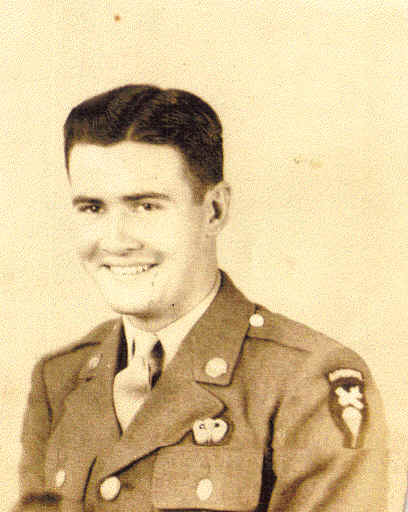 Sixty-six years ago my uncle, Louis B. Flores, was a paratrooper serving with Easy Company (alternately with HQ Company) in the 101st Airborne Division during the D-Day invasion at Normandy--later at the Battle of the Bulge and he had more than 50 jumps in combat conditions. He was with the same group depicted in the Hollywood version
"Saving Private Ryan" starring Tom Hanks. His former commanding officer was Lt. Dick Winters, an inspiration for
the Stephen Spielberg hit HBO series "Band of Brothers." Winters
died a few days
ago, and the news of his death was just widely released today. And a few years ago, he spoke about my uncle during an interview. They
were together in some of the most intense fighting of the war.
Sixty-six years ago my uncle, Louis B. Flores, was a paratrooper serving with Easy Company (alternately with HQ Company) in the 101st Airborne Division during the D-Day invasion at Normandy--later at the Battle of the Bulge and he had more than 50 jumps in combat conditions. He was with the same group depicted in the Hollywood version
"Saving Private Ryan" starring Tom Hanks. His former commanding officer was Lt. Dick Winters, an inspiration for
the Stephen Spielberg hit HBO series "Band of Brothers." Winters
died a few days
ago, and the news of his death was just widely released today. And a few years ago, he spoke about my uncle during an interview. They
were together in some of the most intense fighting of the war. 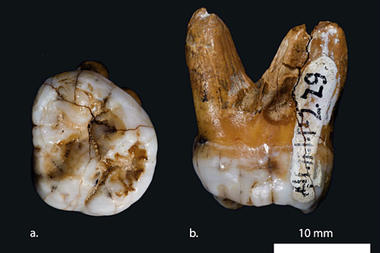 A molar from an early human species called Denisova is shown in this image
released on Dec. 22. David Reich et al./Nature/Reuters
A molar from an early human species called Denisova is shown in this image
released on Dec. 22. David Reich et al./Nature/Reuters

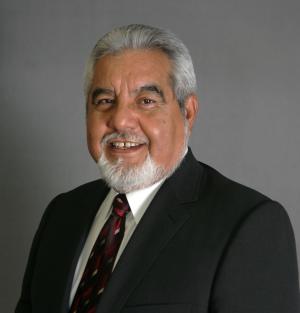
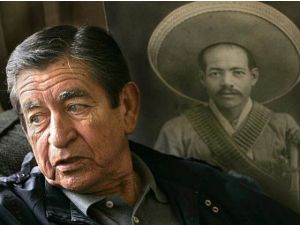 Pascual Rivas Jr. was as American as apple pie. Known as
"Pat" to friends and family, he grew up in Tustin, was captain
of the football team and student body president at Tustin High, and
didn't speak much Spanish at all.
Pascual Rivas Jr. was as American as apple pie. Known as
"Pat" to friends and family, he grew up in Tustin, was captain
of the football team and student body president at Tustin High, and
didn't speak much Spanish at all. 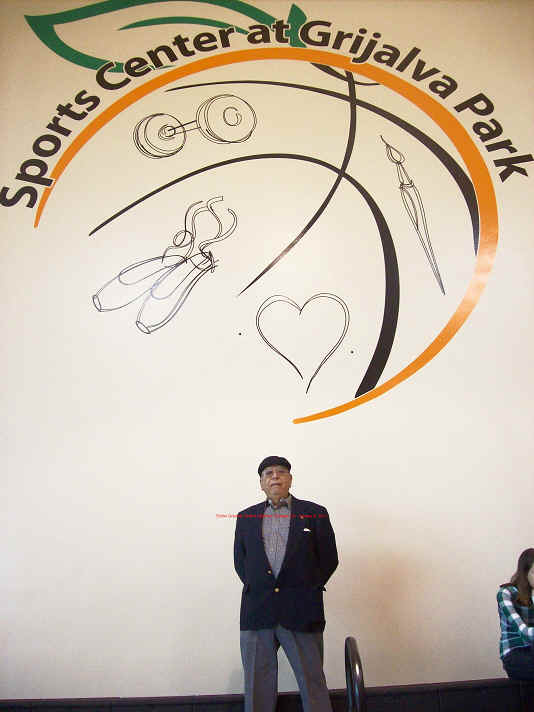
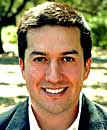
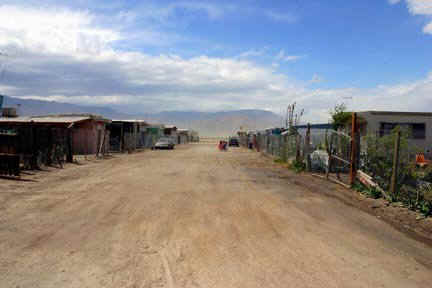
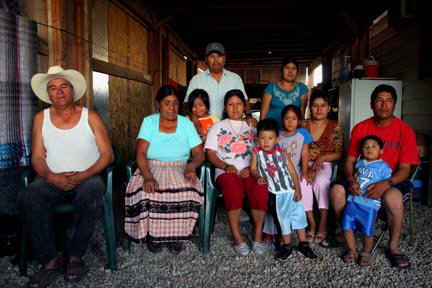
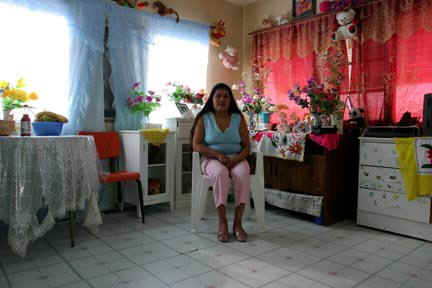

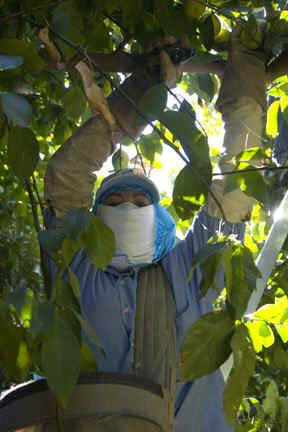
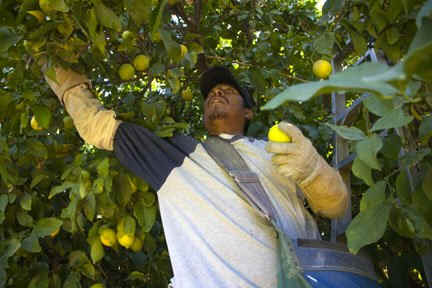

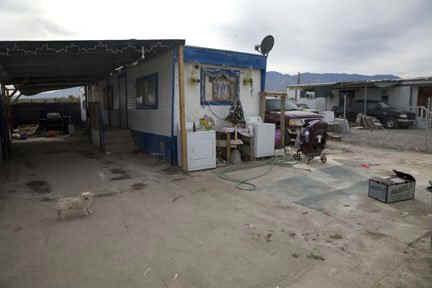
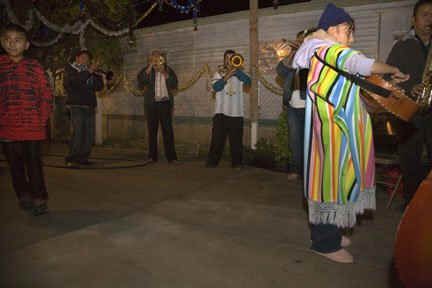
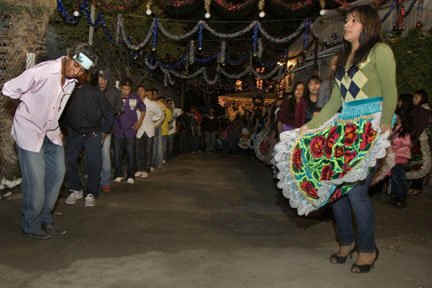



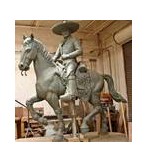 Two
items of vaqueros clothing that have endured over time are the
cowboy hat cowboy boots. The botas (boots) first arrived as high
bucket leather boots secured above the knee with leather thongs or
tassels.
Two
items of vaqueros clothing that have endured over time are the
cowboy hat cowboy boots. The botas (boots) first arrived as high
bucket leather boots secured above the knee with leather thongs or
tassels.  Like
the noble and proud Spaniards of yesteryear, to this day we make
fashion statements about our station in life by donning exquisitely
made boots of the most expensive and exotic leather.
Like
the noble and proud Spaniards of yesteryear, to this day we make
fashion statements about our station in life by donning exquisitely
made boots of the most expensive and exotic leather. Because it is so functional, comfortable and stylish, it is still
virtually the same boot that arrived with the Spanish settlers and
was adapted and perfected by the Mexicans.
Because it is so functional, comfortable and stylish, it is still
virtually the same boot that arrived with the Spanish settlers and
was adapted and perfected by the Mexicans.
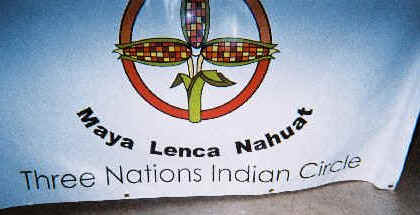
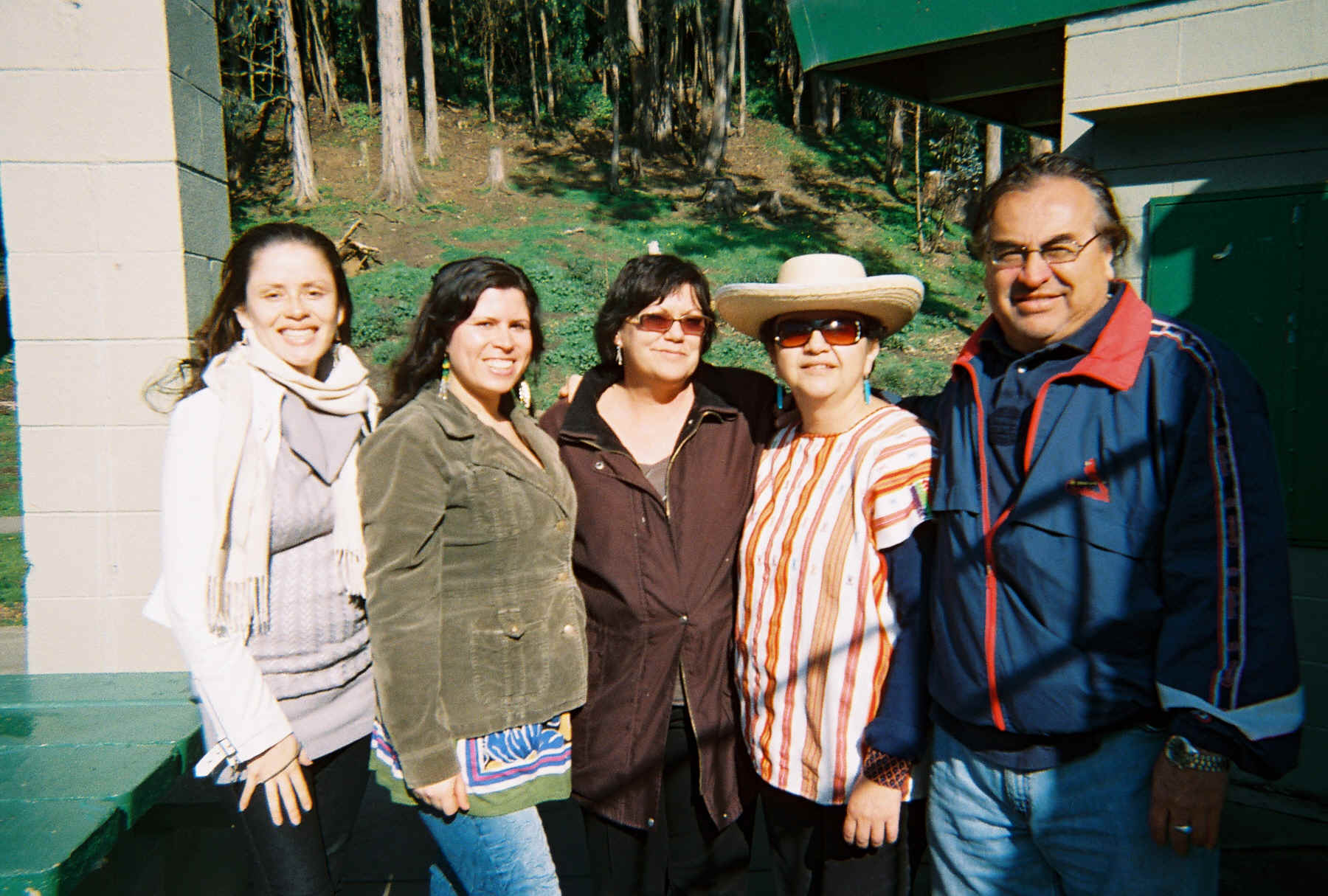
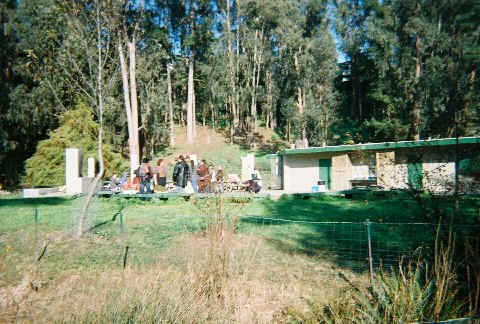
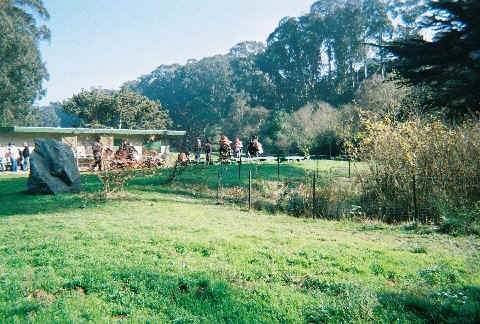
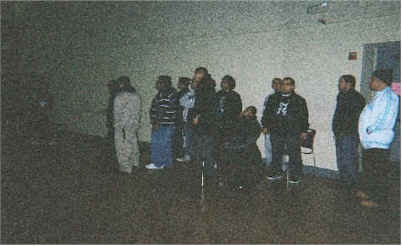
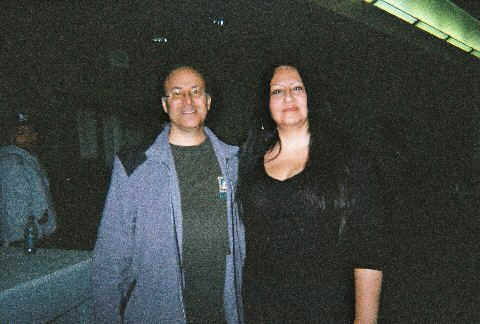
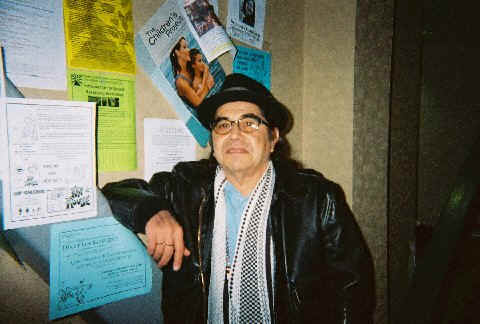

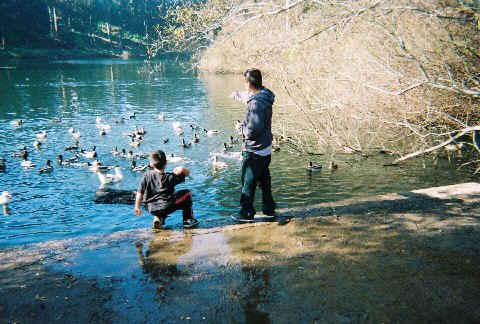
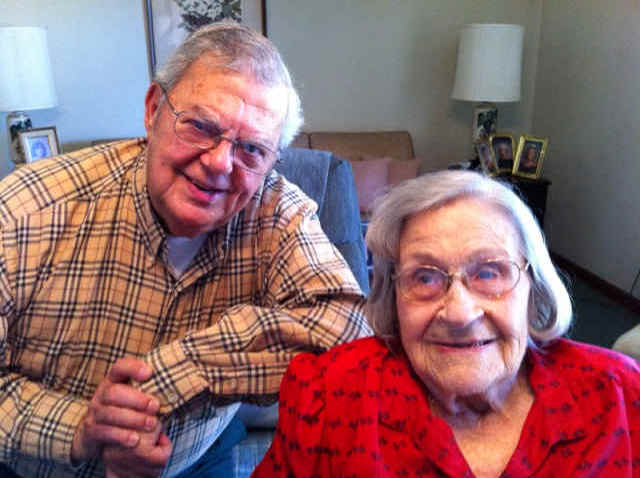
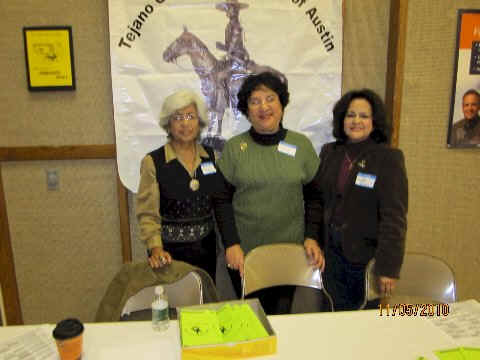
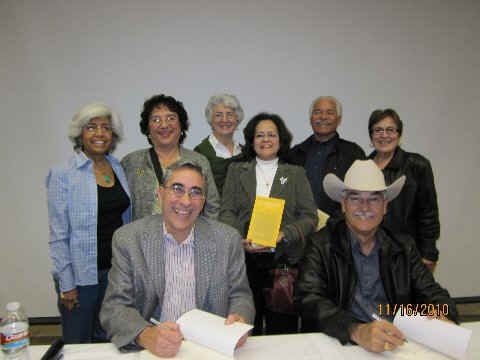
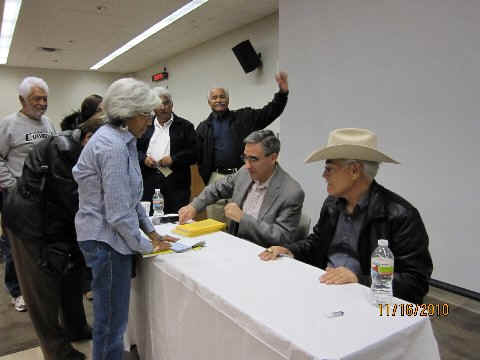
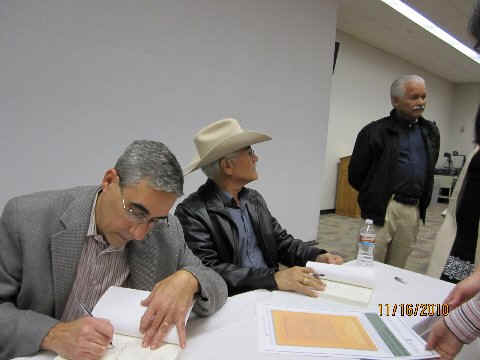

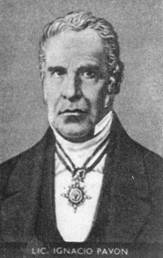
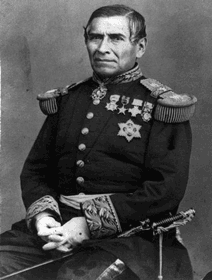
 Men stand in front of a barbershop in Spanish
Harlem in 2009.
Men stand in front of a barbershop in Spanish
Harlem in 2009.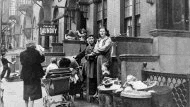 Latinos in the so-called Puerto Rican
quarter in 1953.
Latinos in the so-called Puerto Rican
quarter in 1953.